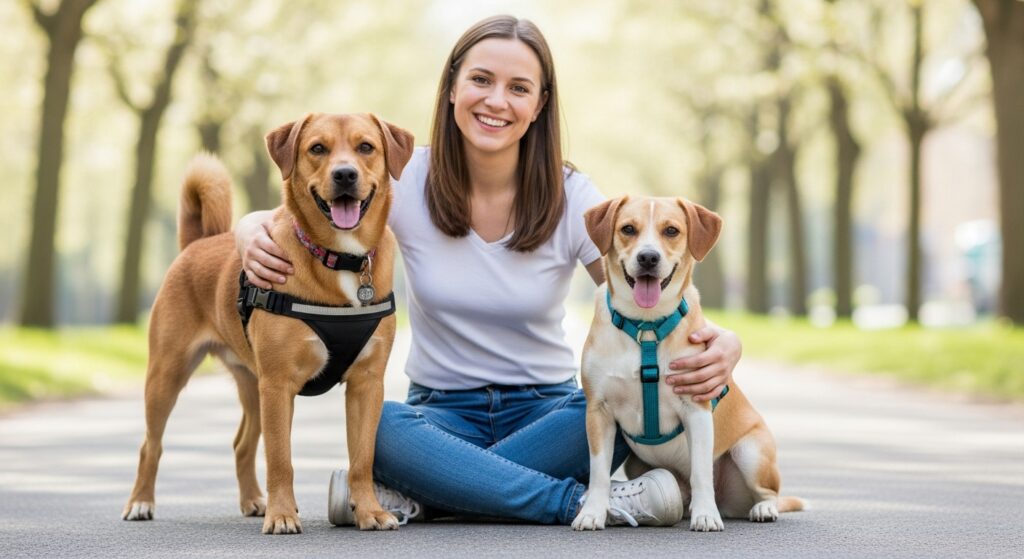
Caring for a dog is one of the most rewarding experiences you can have. Dogs offer loyalty, companionship, and unconditional love—but in return, they require time, attention, and proper care. Whether you’re a first-time dog owner or a seasoned pet parent, this complete guide will help you understand the essential aspects of dog care to ensure a happy, healthy life for your furry friend.
1. Choosing the Right Dog
Before bringing a dog into your home, it’s important to consider:
- Breed characteristics: Research different breeds to understand their temperament, exercise needs, grooming requirements, and health risks.
- Size and energy level: Ensure the dog fits your living situation and lifestyle.
- Adoption vs. breeder: Consider adopting from a shelter or rescue organization to give a dog a second chance.

2. Creating a Safe and Comfortable Environment
- Dog-proof your home: Secure loose wires, toxic plants, cleaning supplies, and small objects that could be swallowed.
- Designate a sleeping area: Provide a cozy dog bed or crate in a quiet part of your home.
- Provide toys and stimulation: Prevent boredom with chew toys, puzzle games, and regular playtime.
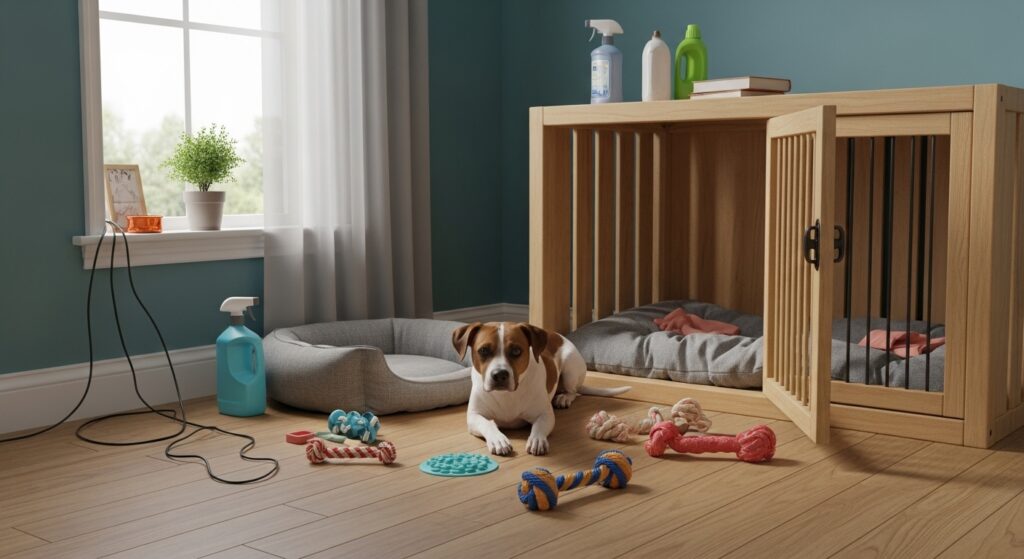
3. Nutrition and Feeding
- Choose quality dog food: Look for a well-balanced, age-appropriate diet approved by veterinary guidelines.
- Portion control: Follow feeding guidelines based on your dog’s size, age, and activity level.
- Hydration: Always have fresh water available.
- Avoid harmful foods: Grapes, chocolate, onions, garlic, and xylitol (found in some sugar-free products) can be toxic to dogs.

4. Routine Veterinary Care
- Regular check-ups: Annual vet visits help monitor your dog’s health.
- Vaccinations: Keep up with core vaccines like rabies, distemper, and parvovirus.
- Parasite prevention: Protect your dog from fleas, ticks, and worms with vet-recommended treatments.
- Spaying or neutering: Helps prevent overpopulation and can reduce certain health risks and behaviors.
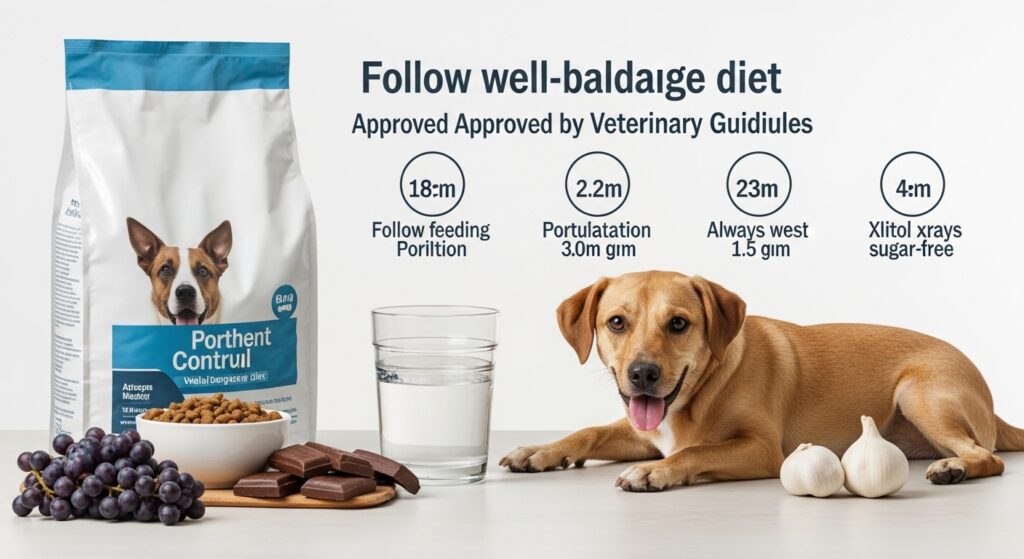
5. Exercise and Mental Stimulation
- Daily walks: Dogs need regular physical activity to stay healthy and happy.
- Playtime: Fetch, tug-of-war, or agility exercises help burn energy.
- Training sessions: Teach basic commands and tricks to engage their mind and encourage good behavior.
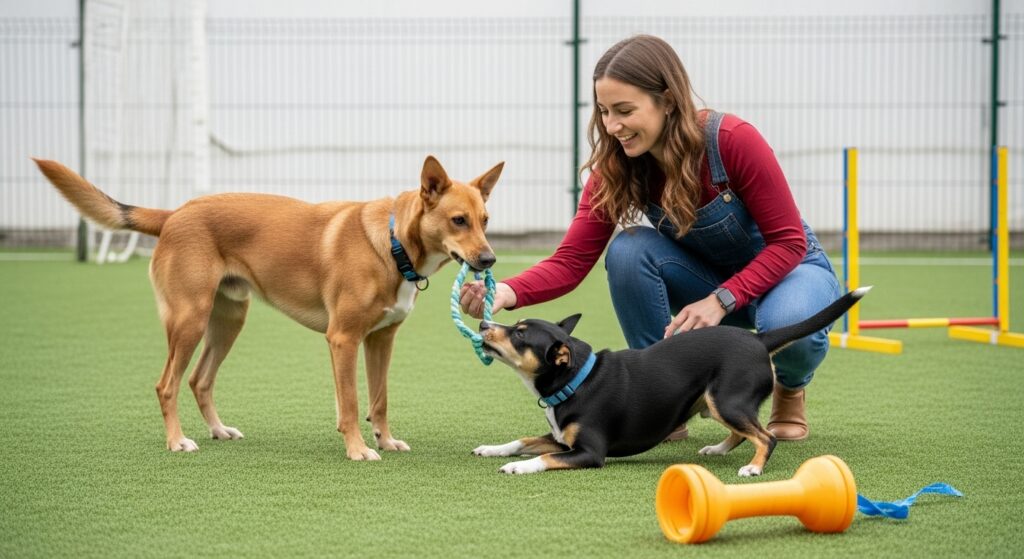
6. Grooming and Hygiene
- Brushing: Regular brushing keeps your dog’s coat clean and reduces shedding.
- Bathing: Bathe your dog as needed using dog-specific shampoo.
- Nail trimming: Prevent overgrown nails, which can cause pain or injury.
- Dental care: Brush your dog’s teeth or provide dental chews to maintain oral health.
- Ear cleaning: Check and clean ears to prevent infections, especially in breeds with floppy ears.
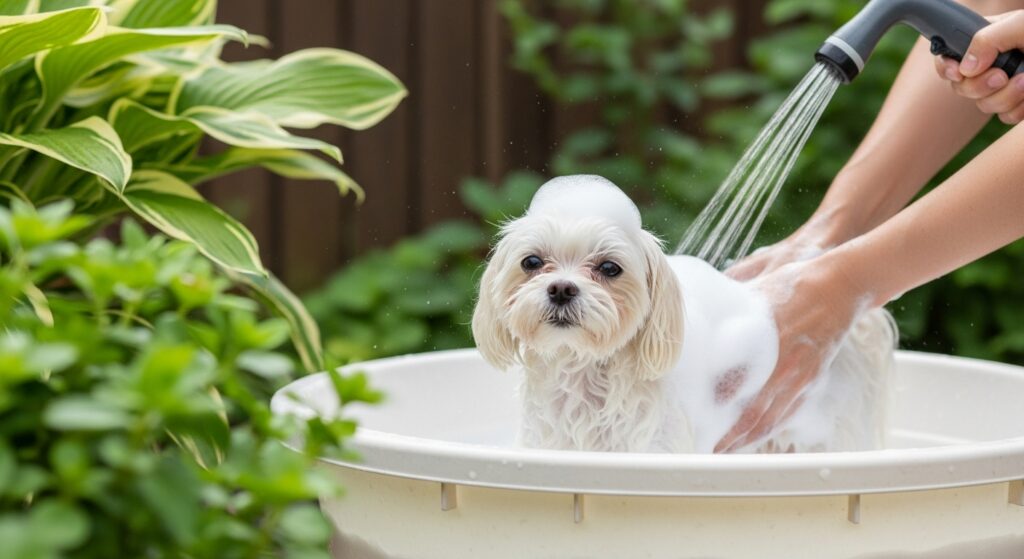
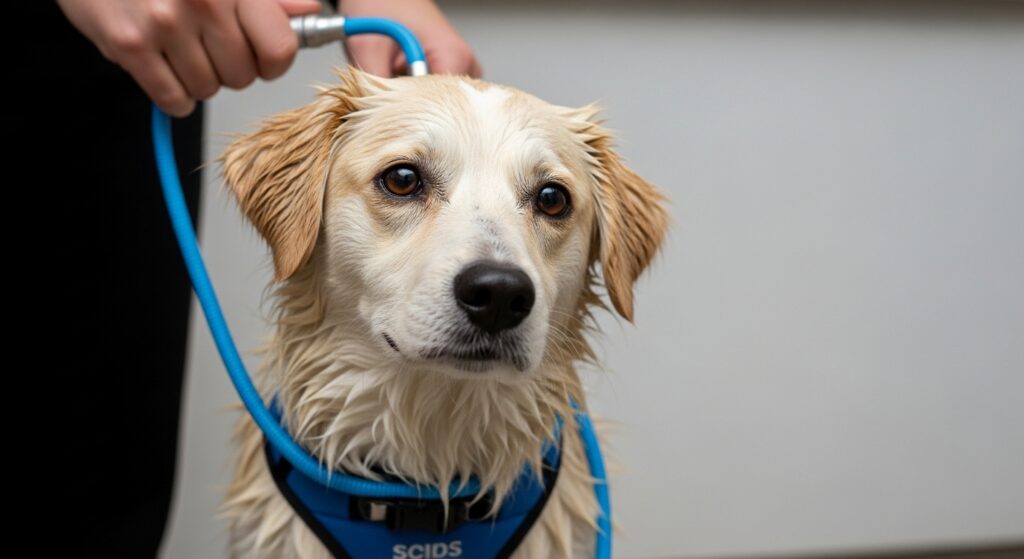
7. Training and Socialization
- Early socialization: Expose puppies to different people, animals, and environments during their critical development period.
- Obedience training: Teach basic commands like sit, stay, and come. Consider professional classes if needed.
- Positive reinforcement: Reward good behavior with treats, praise, or play instead of punishment.
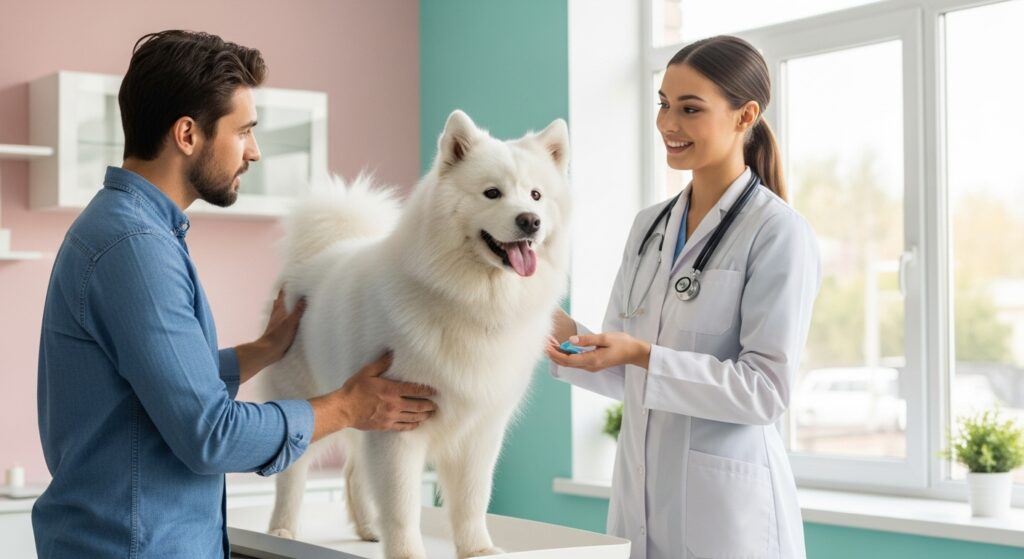

8. Travel and Identification
- ID tags and microchipping: Ensure your dog can be identified and returned if lost.
- Travel safety: Use a pet seatbelt, carrier, or crate when traveling by car.
- Pet-friendly destinations: Plan ahead for accommodations and activities that welcome dogs.

9. Understanding Behavior and Communication
- Read body language: Learn the signs of fear, stress, happiness, and aggression in dogs.
- Barking and whining: Understand the reasons behind vocalizations—whether it’s attention-seeking, boredom, or anxiety.
- Address behavior issues early: Seek professional help for problems like aggression, separation anxiety, or excessive barking.


10. Lifelong Commitment
Owning a dog is a long-term responsibility—many dogs live 10 to 15 years or more. Throughout your dog’s life, their needs will change. Puppies need training and socialization, adults need regular exercise and stimulation, and senior dogs may require special diets, joint care, or more frequent vet visits.

Final Thoughts
Caring for a dog requires effort, patience, and love—but the joy they bring to your life is unmatched. By understanding their physical, emotional, and social needs, you can build a strong, lasting bond with your pet and give them the best life possible.
A happy dog is a healthy, well-loved dog. And a well-cared-for dog makes a family whole. 🐾
